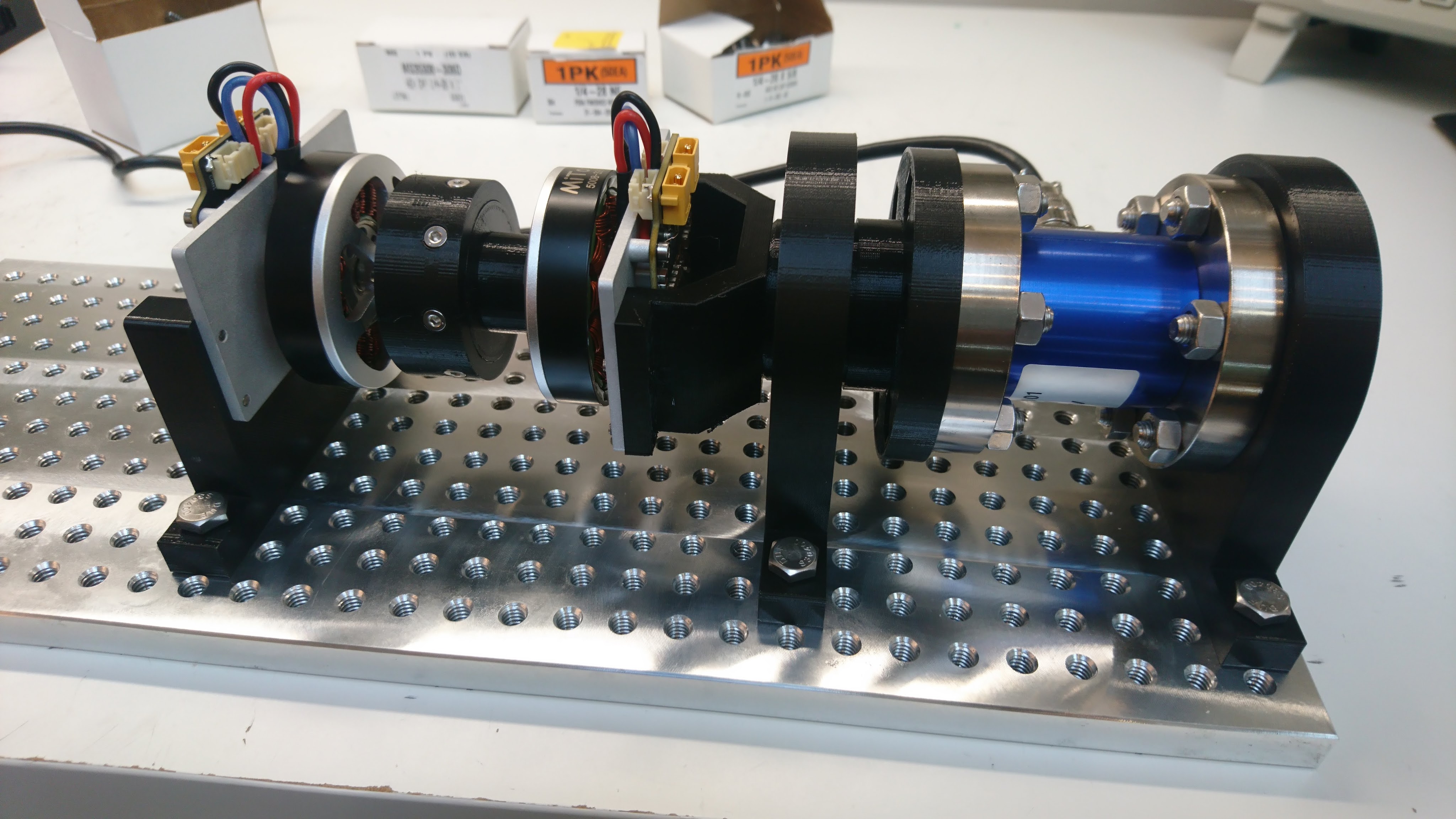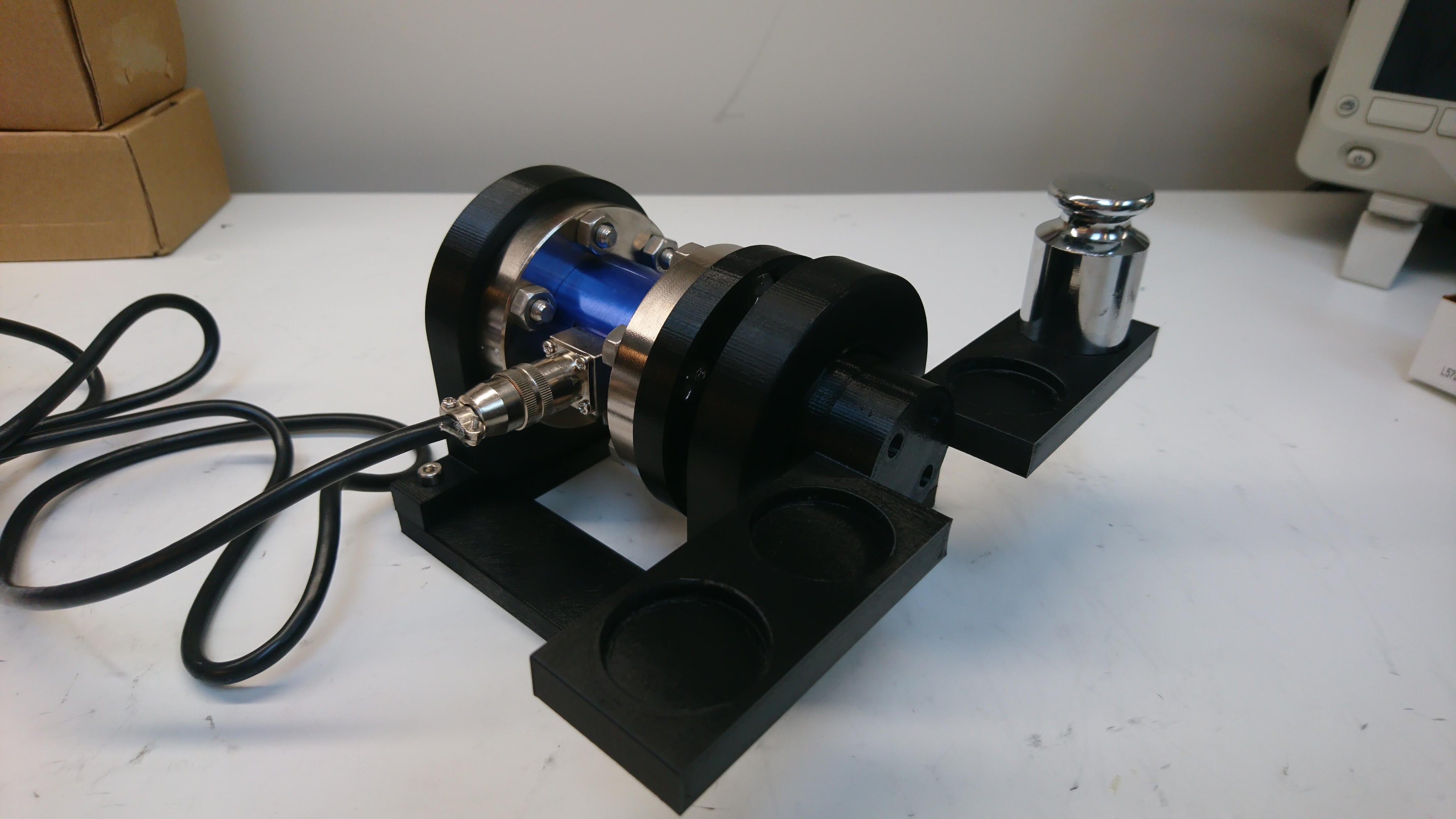Up-rating the moteus phase current
When I first posted the moteus controller up for sale, the specifications I listed were based on the design characteristics and the testing I had conducted up until that point. Specifically, the peak phase current was just the maximum that I had verified was safe to operate with.
In the interim, I’ve done a fair amount more testing and have concluded that the controller can safely drive higher phase currents than initially posted. For now, I’m increasing the peak phase current to 100A both on the specification sheet and in the default firmware configuration of all newly shipped boards. If you already have a moteus controller and want to take advantage of the higher phase current, chat us up on the mjbots discord and we’ll show you how.


